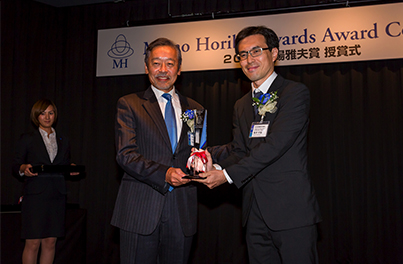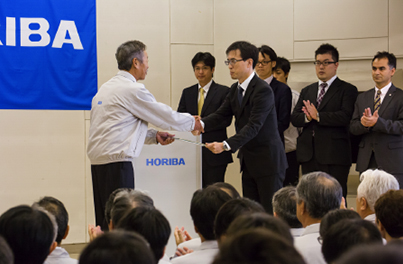

Fast 3-D Imaging of Human Body using Ultra-Wideband Radar
Graduate School of Engineering, Department of Electronics and Computer Science, University of Hyogo
*The organization and the title are those when awarded
Research summary
Three-dimensional imaging using ultra-wideband radar has a large potential as a technique for detecting objects, and has already been put to practical use in non-dynamic applications such as ground-penetrating testing.
However, the technique has not been applied to self-driving car technology, mainly because of its excessive computational processing time for imaging.
Dr. Sakamoto has developed a novel fast 3-D radar imaging method, called the SEABED method, which exploits the prior knowledge of targets.
It has been demonstrated that the SEABED method can obtain a radar image 100 times faster than conventional radar imaging methods.
In addition, the SEABED method has a high resolution, and thus human bodies can be clearly imaged.
As a technique for detecting and recognizing pedestrians, the SEABED method is expected to contribute to realizing safe and reliable self-driving cars and transportation systems, with the protection of human lives being the top priority.
* Ultra-wideband radar is a radio wave-based sensor that can measure objects in a short range with a high resolution. The advantage of ultra-wideband radar systems is that they can be used even under adverse conditions, such as the use at night or against backlight.



